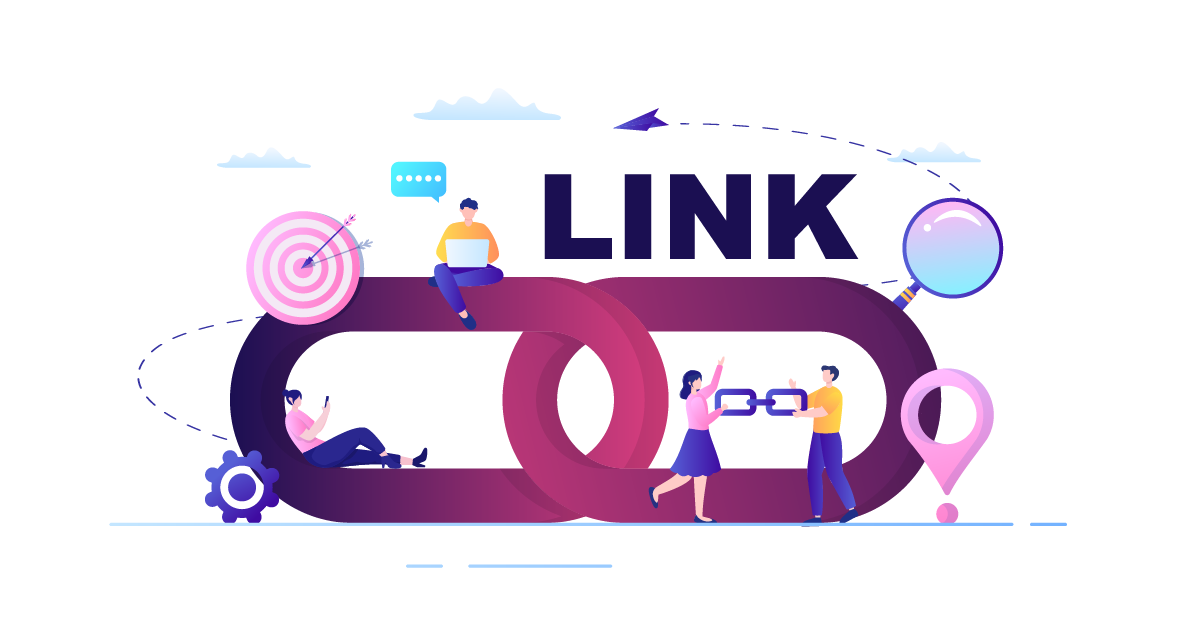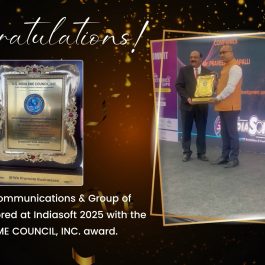5 min read

One of the most effective SEO strategies is to build broken links, which can significantly raise your website’s authority and visibility. By taking advantage of broken links, you can benefit other web admins by assisting them in fixing their broken links and enhancing your website’s link profile. We will explore the idea of damaged link building in this blog post, review its advantages, and give you practical advice on using this strategy. No matter your SEO experience, this detailed guide will equip you with the information and resources you need to create broken link enhancements for your website.
Table of Contents
Broken Link Building
A white-hat SEO tactic known as “broken link building” entails identifying broken links on other websites and providing pertinent content from your own to replace them. This tactic boosts your website’s authority, increases referral traffic, and improves your SEO efforts. The idea behind broken link building is that web admins would instead link to a functional resource rather than a broken one. You can establish win-win scenarios for other websites as well as your own by recognizing these broken links and offering worthwhile substitutes.
Benefits of Broken Link Building:
- Improved Link Profile: Breaking links can help you get high-quality backlinks through broken link building strategies, improving your website’s link profile—a critical ranking factor for search engines.
- Enhanced Authority: Search engines are informed that your website is a trustworthy information source when other websites replace broken links with links to your content.
- Increased Referral Traffic: By providing worthwhile substitute content, you can encourage users from other websites to click on your links and bring targeted traffic to your site.
- Networking Opportunities: Creating connections with other web admins in your niche through broken link-building may lead to future partnerships and collaborations.
Finding Broken Links
-
Manual Discovery
Searching through websites in your niche is one method of finding broken links. Although it takes time and work, this approach can produce positive outcomes. Here are some options for action:
- Go through websites related to your niche or industry.
- Go to these websites and browse the pages, looking for broken links.
- To find broken links on the websites you visit, use browser extensions such as Broken Link Checker or Check My Links.
-
Backlink Analysis Tools
Locating broken links can be made much simpler using backlink analysis tools. These programs scan websites and offer comprehensive analyses of their backlink profiles. Among the commonly used tools are:
- Ahrefs: With Ahrefs’ Site Explorer, you can find broken links pointing to any website and examine its backlink profile.
- Majestic SEO: A website’s backlink profile, including any broken links, can be viewed with Majestic SEO’s Site Explorer tool.
-
Google Search Operators
Google search operators are strong commands that help you narrow your search queries. You can use them to identify pertinent websites with broken links. As some examples, here are some:
- “keyword” + “resources”
- “keyword” + “useful links”
- “keyword” + “useful resources”
Evaluating Broken Links
Analyzing possible broken links for your broken link-building campaign is crucial once you have found them. Take into account the following elements:
- Relevance: Verify whether the broken link relates to your niche or the content you intend to provide in its place. To improve the likelihood that web administrators will accept your alternate resource, relevance is essential.
- Domain Authority: Utilize resources such as Ahrefs or Moz to assess the authority of the website that has the broken link. Please pay attention to websites with a higher domain authority because their backlink value is more significant.
- Traffic Potential: Check to see if there is a significant traffic volume to the website with the broken link. There is a greater chance of referral traffic for websites with larger traffic volumes.
- Contextual Fit: Evaluate if the content you have replaced is suitable for the broken link in terms of context. The more efficiently the content fits into the existing page’s context, the more likely web administrators will take your recommendation seriously.
Creating Valuable Replacement Content
Offering worthwhile replacement content that satisfies the needs of the webmaster and their audience is essential to maximizing the success rate of your outreach for broken links. The following techniques can help you produce engaging replacement content:
- Skyscraper Technique: The Skyscraper Method entails locating previously published content connected to the broken link and updating it on your website. Enhancing its comprehensiveness, updating it, or making it more aesthetically pleasing will add value and draw web admins to it.
- Resource Pages: Create specialized resource pages for your website covering themes or topics associated with your niche. These pages should offer thorough and insightful information, making them perfect substitutes for broken links referring to comparable resource pages on other websites.
- Infographics and Visual Content: Make eye-catching infographics and other visual materials that effectively convey complex information. When a link that contains visual elements breaks, visual content makes a great replacement because it usually grabs more attention.
Outreach and Link Reclamation

Once you have produced quality replacement content, it is time to notify web administrators of broken links and provide links to your other resources. To ensure a successful outreach process, adhere to these steps:
- Personalized Outreach Emails: Write individualized outreach emails that show you thoroughly understand the webmaster’s website and outline the benefits your replacement material will provide to their readers. Steer clear of generic template emails and try to establish a real relationship.
- Polite and Professional Tone: Keep your tone courteous and business like when writing outreach emails. Express gratitude for the webmaster’s efforts and highlight the mutual benefits of repairing the broken link.
- Follow-up Emails: Send a courteous follow-up email after a fair amount of time, ideally one or two weeks, if you are still waiting to hear back from the person who responded to your initial outreach email. Sending a follow-up email can help you receive a response, as web admins sometimes need to pay attention to initial correspondence.
Tracking and Measuring Success
Monitoring and measuring important metrics is essential to determining the success of your broken link-building campaign. Here are some metrics to consider:
- Backlinks Acquired: Take note of the number of backlinks you have obtained from your efforts to create broken links. Over time, an increasing number of backlinks is a sign of good outreach and alternate resource adoption.
- Referral Traffic: To monitor the volume of referral traffic from websites where you have successfully fixed broken links, use tools such as Google Analytics. To find patterns in engagement and conversion, examine the behavior of this traffic.
- Keyword Rankings: To build broken links, monitor keyword rankings for the replacement content you produce. Higher ranks are a sign that people are becoming more aware of and comfortable with your content.
Best Practices for Broken Link Building
Adhere to these recommended practices to guarantee the best possible outcomes from your broken link-building campaign:
- Quality over quantity: Instead of concentrating on getting a lot of low-quality backlinks from reputable websites, concentrate on obtaining high-quality backlinks.
- Build Genuine Relationships: Develop authentic connections with web admins by offering assistance that goes beyond simply suggesting new content. Participate in their material, spread the word about their creations, and lend a hand when you can.
- Stay Updated: Keep checking for updates and modifications to your replacement content. Please immediately fix any problems or broken links you find within those resources to preserve their integrity.
Conclusion:
Building broken links is a tried-and-true method of boosting your website’s authority while benefiting other businesses in your niche or industry. You may significantly enhance your website’s SEO performance and general online visibility by comprehending the idea, putting it into practice, finding broken links, producing worthwhile replacement content, reaching out to the right people, and monitoring important metrics. Accept this tactic as an essential component of your SEO toolkit, and observe as your website gains prominence in search results while creating valuable relationships with other businesses in your sector.
Published: December 21st, 2023








